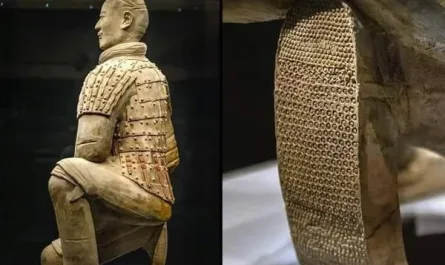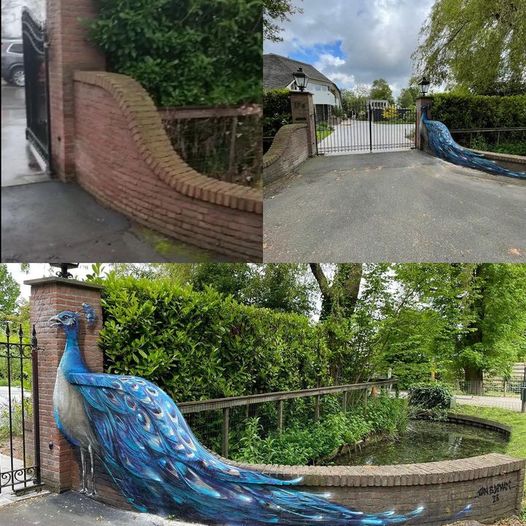Imagine peering into a window to a time 30,000 years ago. That’s exactly what archaeologists have done with the extraordinary discovery of the Huldremose Woman, offering a captivating glimpse into Denmark’s deep history. This remarkable find isn’t just an archaeological marvel; it’s a profound journey back in time, revealing the intricate lives and burial customs of early human societies.
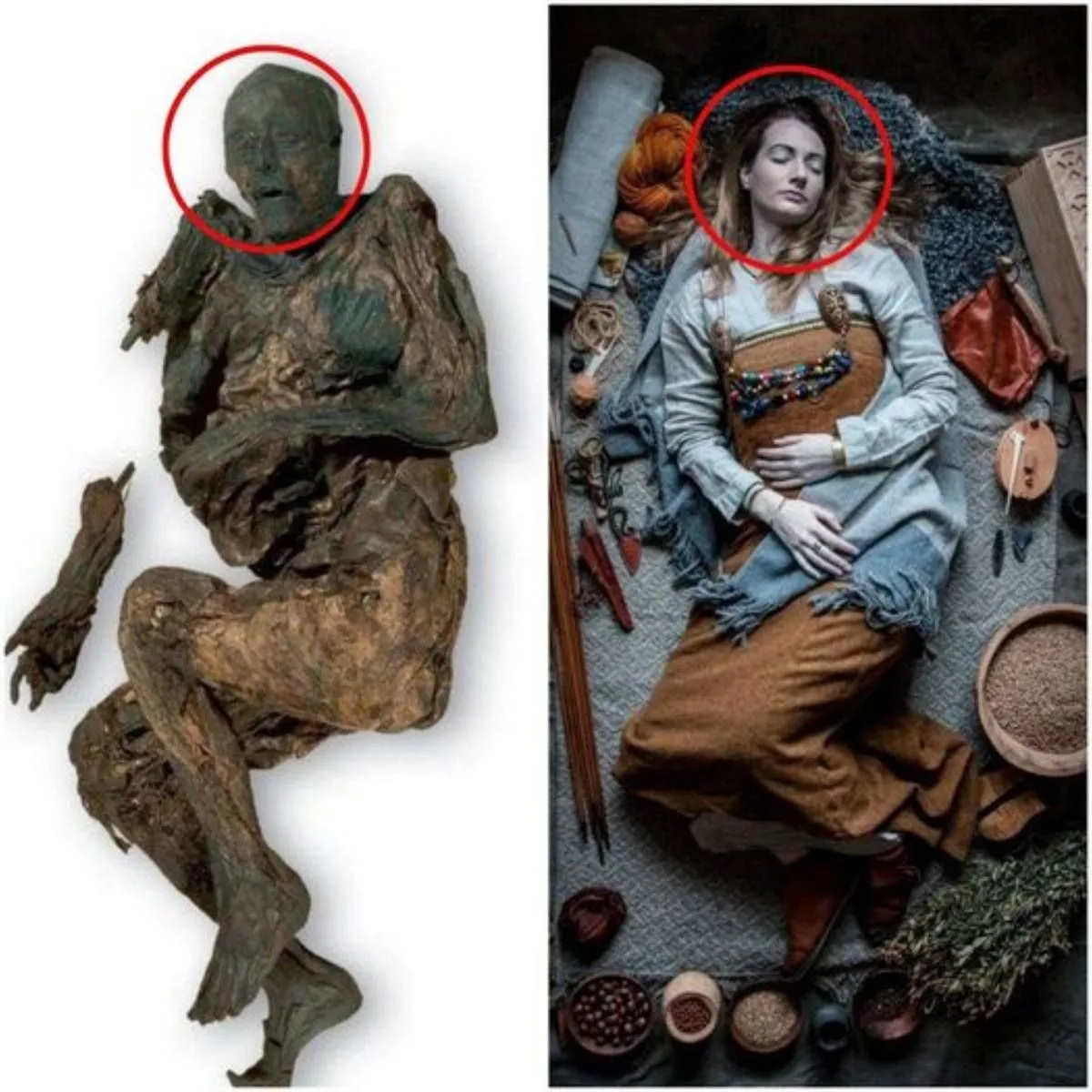
Preserved by Nature’s Embrace
The Huldremose Woman’s remarkable preservation is thanks to the unique conditions of Denmark’s peat bogs. These waterlogged, oxygen-deprived environments are nature’s perfect time capsules for organic material. Her body, found remarkably intact, has fascinated researchers and historians alike, providing a wealth of information about a civilization that existed millennia ago.
Archaeologists have meticulously studied her remains, uncovering fascinating details about her life, her presumed social status, and the culture she belonged to. One of the most striking aspects of her discovery was her clothing: she was found adorned with a woolen cloak and scarf. These garments, perfectly preserved by the bog’s unique chemistry, offer an incredibly rare look into the textile skills and clothing styles of her era, showcasing the craftsmanship and daily life of people who lived thousands of years ago.
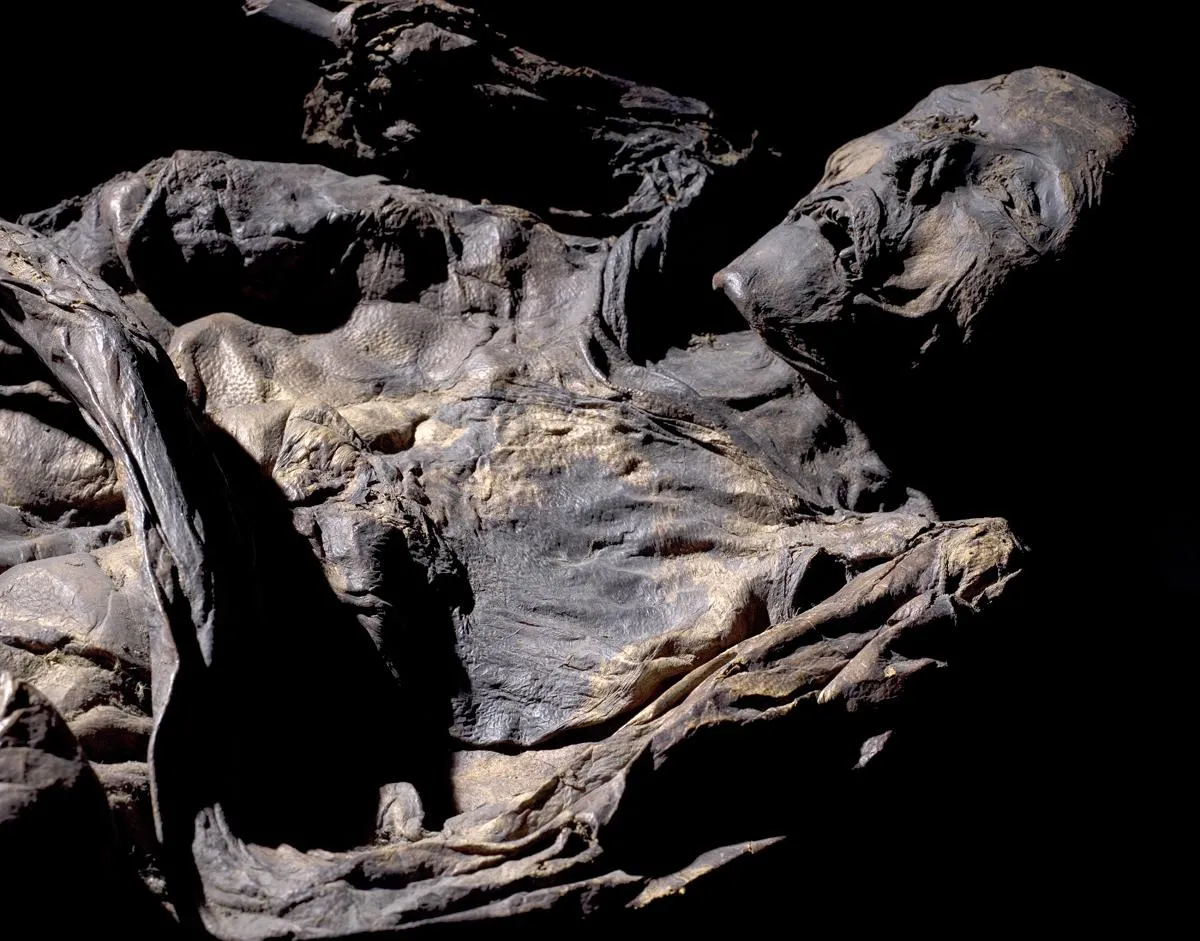
A Glimpse into Ancient Lives and Beliefs
The Huldremose Woman’s remains aren’t just about fashion; they provide a treasure trove of information about the diet, health, and lifestyle of ancient peoples. Analysis of her hair and nails, for instance, has revealed traces of plants and cereals. This suggests a varied diet and hints at a connection to early agricultural practices, offering clues about how these communities sustained themselves.
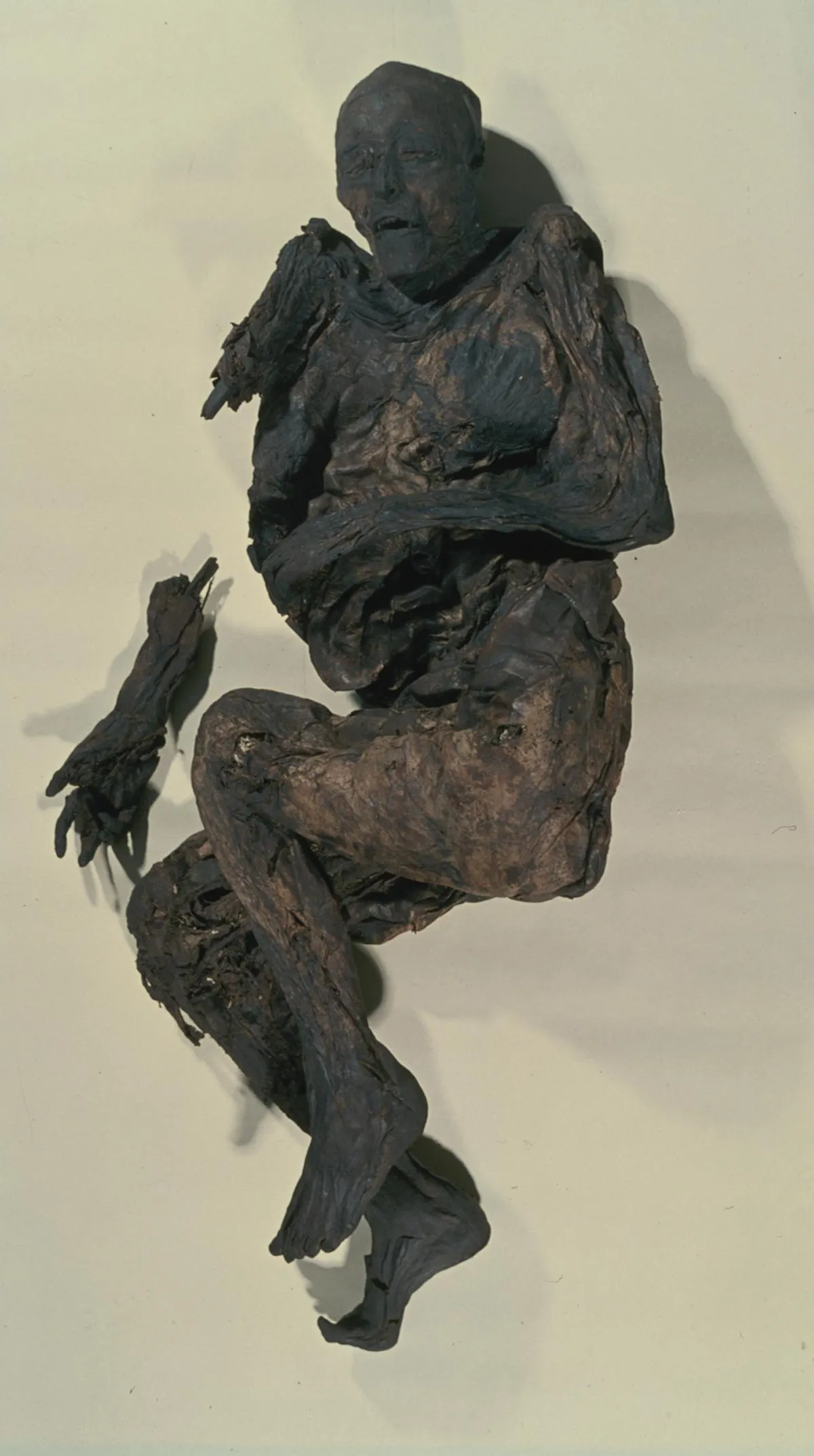
Perhaps one of the most intriguing aspects of the Huldremose Woman is what she reveals about ancient burial rituals. Her body wasn’t just casually discarded; it was carefully placed in the bog. This deliberate act suggests it was part of a ritual or sacrificial ceremony. This discovery has ignited fascinating debates among scholars about the spiritual beliefs and complex social structures of ancient Denmark, shedding light on the profound ways these early communities honored their dead and interacted with their environment.
A Legacy for Future Generations
The discovery of the Huldremose Woman stands as a powerful testament to the rich history hidden beneath Denmark’s landscapes. It underscores the critical importance of archaeological research in uncovering the stories of our ancestors and ensuring their legacies are preserved for future generations. Every find, like that of the Huldremose Woman, brings us closer to understanding the intricate tapestry of human history, from resilience to ingenuity.
In conclusion, the unearthing of the 30,000-year-old Huldremose Woman is a truly captivating journey into Denmark’s ancient past. This discovery not only enriches our knowledge of early human societies but also highlights the vital role of preserving and studying our historical heritage. As researchers continue to unravel her mysteries, we gain an even deeper appreciation for the lives and complexities of our ancient predecessors.
